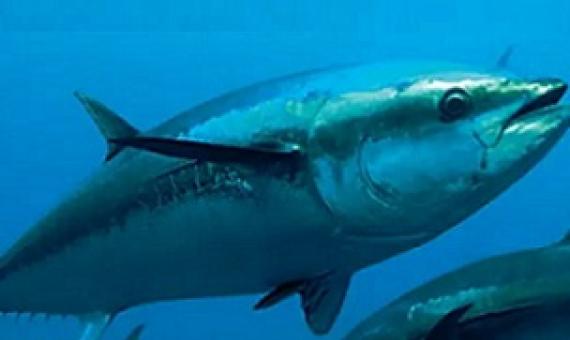The International Seafood Sustainability Foundation released its latest Status of the Stocks Report, finding a higher percentage of the global tuna catch comes from stocks with a healthy level of abundance than in
The number of tree species on Earth
One of the most fundamental questions in ecology is how many species inhabit the Earth. However, due to massive logistical and financial challenges and taxonomic difficulties connected to the species concept definition, the global numbers of species, including those of important and well-studied life forms such as trees, still remain largely unknown. Here, based on global ground sourced data, we estimate the total tree species richness at global, continental, and biome levels.
Instead of finishing your leftovers, you let them go bad and buy takeout. It's a familiar routine for many—and indicative of habits that contribute to a global food waste problem that a new United Nations report says needs to be better measured so that it can be effectively addressed.
Gridded Population of the World, v.4
The Gridded Population of the World, Version 4 (GPWv4): Population Density, Revision 11 consists of estimates of human population density (number of persons per square kilometer) based on counts consistent with national censuses and population registers, for the years 2000, 2005, 2010, 2015, and 2020. A proportional allocation gridding algorithm, utilizing approximately 13.5 million national and sub-national administrative units, was used to assign population counts to 30 arc-second grid cells.
General Bathymetric Chart of the Oceans
GEBCO's aim is to provide the most authoritative publicly-available bathymetry of the world's oceans. It operates under the joint auspices of the International Hydrographic Organization(IHO) and the Intergovernmental Oceanographic Commission (IOC) (of UNESCO).
GEBCO produces and makes available a range of bathymetric data sets and products. This includes a global bathymetric grid; gazetteer of undersea feature names, a Web Map Service and printable maps of ocean bathymetry.
Volcanoes of the World - Global Volcanism Program
The Smithsonian Institution's Global Volcanism Program (GVP) is housed in the Department of Mineral Sciences, National Museum of Natural History, in Washington D.C. We are devoted to a better understanding of Earth's active volcanoes and their eruptions during the last 10,000 years.
Global Mangrove Distribution - Global Mangrove Watch
The Global Mangrove Watch (GMW) is a collaboration between Aberystwyth University (U.K.), solo Earth Observation (soloEO; Japan), Wetlands International the World Conservation Monitoring Centre (UNEP-WCMC) and the Japan Aerospace Exploration Agency (JAXA).
Global Distribution of Cold-water Corals - United Nations Environment Programme World Conservation Monitoring Centre
This dataset shows the global distribution of cold-water corals. Occurrence records are given for 86 Families under the subclass Octocorallia (octocorals; also known as Alcyonaria) and four Orders (in Class Anthozoa): Scleractinia (reef-forming corals), Antipatharia (black corals), Zoanthidae (encrusting or button polyps), and Pennatulacea (sea pens). Occurrence records are also available for the order sub-Order Filifera (lace corals) in Class Hydrozoa.
Global Distribution of Coral Reefs - United Nations Environment Programme World Conservation Monitoring Centre
This dataset shows the global distribution of coral reefs in tropical and subtropical regions. It is the most comprehensive global dataset of warm-water coral reefs to date, acting as a foundation baseline map for future, more detailed, work. This dataset was compiled from a number of sources by UNEP World Conservation Monitoring Centre (UNEP-WCMC) and the WorldFish Centre, in collaboration with WRI (World Resources Institute) and TNC (The Nature Conservancy).
Global Distribution of Modelled Mangrove Biomass - United Nations Environment Programme World Conservation Monitoring Centre
This dataset shows the modelled global patterns of above-ground biomass of mangrove forests. The dataset was developed by the Department of Zoology, University of Cambridge, with support from The Nature Conservancy. The work is based on a review of 95 field studies on carbon storage and fluxes in mangroves world-wide. A climate-based model for potential mangrove above-ground biomass was developed, with almost four times the explanatory power of the only previous published model.








